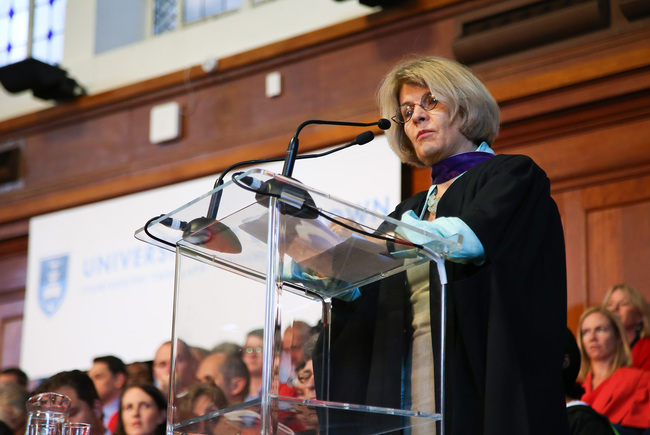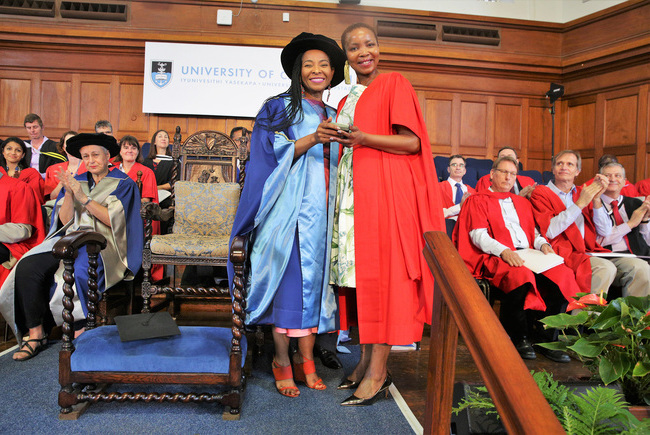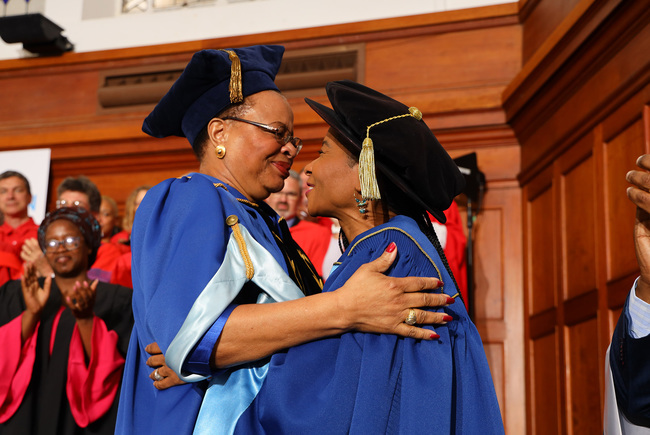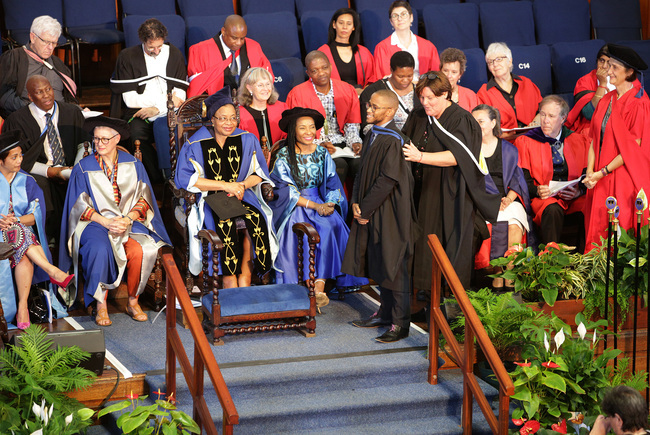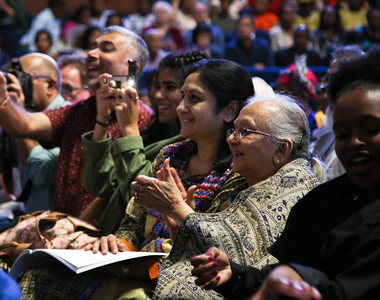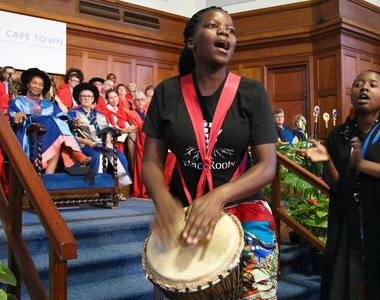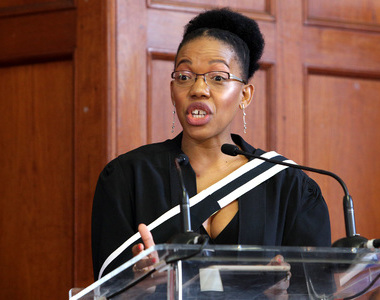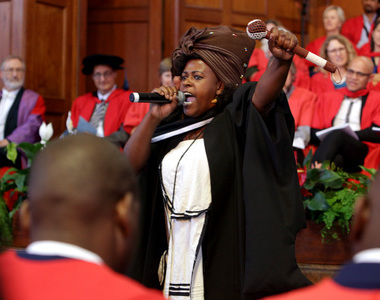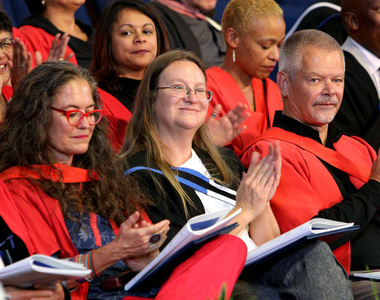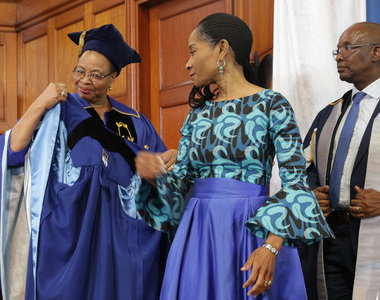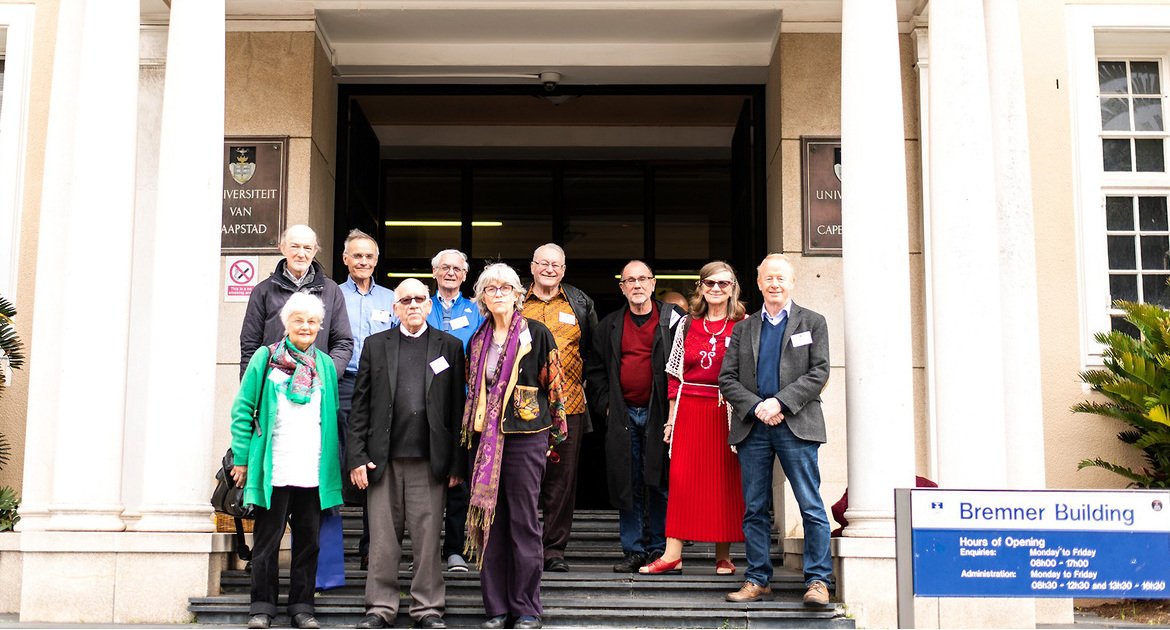Finding Khoisan connections on the Cape Flats
16 January 2019 | Story Carla Bernardo. Photo Michael Hammond. Read time 8 min.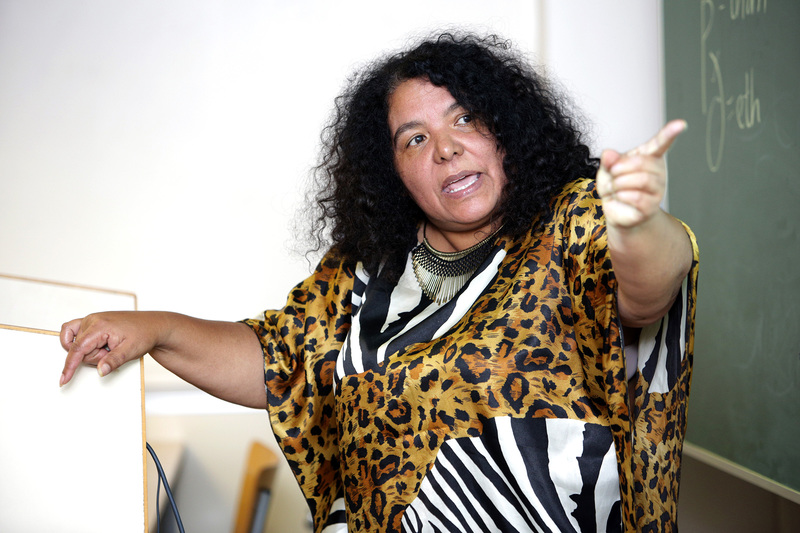
University of Cape Town’s (UCT) Centre for African Studies lecturer Dr June Bam-Hutchison shared personal anecdotes and her research with 2019 Summer School participants in the short course titled “Khoisan Indigenous Identity Issues and Social Justice”.
The five-day course began on Monday, 14 January with an overview of indigenous identities and experiences.
Heated debates around coloured identity, traditional leadership, the land question and decolonisation have breathed new life into discussions about South Africa’s indigenous people. For Bam-Hutchison, who also directs and lectures the “Sites of Memory” course on Stanford University's overseas programme, these renewed discussions present an opportunity to connect indigenous people to the Cape Flats, an area not often linked to indigeneity.
In the anti-apartheid pursuit of non-racialism, unexpected consequences arose, such as the loss of identity. Bam-Hutchison uses her research to help connect the Cape Flats to place and people, namely the Khoisan.
“They say we’re Khoi”
“They now say we’re Khoi but actually we’re just… What are we? Native? Are we African? No, youʼre coloured. No, I’m not, I’m African, we’re African.”
This was a response from the elders Bam-Hutchison interviewed during her research in Vrygrond, near Muizenberg, and Rondevlei. She asked them about their feelings about the word “Khoisan”, a highly contested term with origins in colonialism.
While the elders indicated no attachment to any one name to describe their origins, some responded “Ons is mos die Hottentotte en boesmanne” (“We are just Hottentots and bushmen”), terms widely accepted as derogatory, terms they had been called at school. Elsewhere in the debate about indigenous identities, some do indeed claim the name “Khoisan” while others claim Khoena, Saan, Camissa, coloured, or kullid.
If anything, the choice or inability to agree on names highlights the callousness of the colonial and apartheid regimes who lumped “them” under the random classification of “coloured”. The “them” includes the descendants of Malay slaves, KhoiKhoi or Khoena, Camissa, Nama, Griqua, San, amaXhosa and European settlers.
This erasure of diversity and belonging is part of a larger erasure of indigenous identity that Bam-Hutchison is trying to relocate by connecting place and people, as well as showing how different peoples once lived side by side.
“They now say we’re Khoi but actually we’re just… What are we? Native? Are we African? No, youʼre coloured. No, I’m not, I’m African, we’re African.”
Connections and coexistence
The elders of Vrygrond told Bam-Hutchison, she told attendees, that the amaXhosa in the area had given them the name “boesmanne” or bushmen. Asked why this was the case, they responded that it was because of their way of life.
This recollection is but one the elders have of living alongside amaXhosa, amaZulu and Malay neighbours before 1948. They also have shared stories of the Lakeside Jewish community with whom they would trade.
Coexistence was common in Vrygrond, where residents shared rituals and space. For example, different groups would practice their beliefs but also spent time in the local Griqua and Methodist churches.
Those who were ill, in need of protection or cleansing would visit the local Khoi healer who would send them into the seventh wave at Muizenberg. Then they would visit the Malay dukkun for blessings and prayer. Some people were seen carrying scripture from the Quran in one pocket and the Hotnot’s Khoigoed, a totem filled with herbs picked by the Khoi mother, in the other.
Women played an important role among indigenous people, she said. They would often be tasked with running the family, working the land, trading, and milking the animals. Contrary to the patriarchal leadership that has since arisen in some of the revivalist groups, women were respected as elders in their communities.
Bam-Hutchison recalled going to the veld as a young girl, with her mother, a common trip mothers and daughters made on “Dream Sundays”. There, they would discuss the night’s dreams and what these meant. Then the mothers would teach their daughters about the vegetation, what was safe to eat and what could be used to heal the afflicted.
Bam-Hutchison said she learnt about the “masters of medicines”; the dassie (rock hyrax) and its urine, of bessies (berries), vrietangs or froetangs (plants in the Romulea genus), the healing power of bokdrolle (buck dung), and the use of wild sweet potato as an antibiotic.
Rituals and healing
There are many other rituals documented in Bam-Hutchison’s research, including visions and sacrifices, an important part of the indigenous identity that is mirrored in the amaXhosa. One such case is cattle killings.
The amaXhosa’s cattle-killing movement of the 1850s is well documented in South African history. Lesser known are the cattle killings led by visionary Khoisan leader John Parrell. The killings in 1788 in the Overberg were for abundance and strength, something colonisers misrepresented as barbaric.
The sacred ritual of the killing of cattle or pigs and “maak vas” (“hold fast”) – the role of keeping the animal still while slitting its throat, one that was filled by the eldest female in the family – was also misinterpreted by colonisers who wrote of the Khoisan’s savage nature. Instead, these sacrifices, much like the 1788 killings, were for strength and showcased the indigenous belief in blood as life.
Another part of the indigenous identity she said was wholly misunderstood by colonisers, but also not well known to the descendants of the Khoisan, is markings.
“We have to get into what there was and what there still is.”
Some of the elders interviewed carried body marks, often concealed from their children, denoting rank and the responsibility to carry on the way of knowing. Bam-Hutchison’s own mother carried a mark, which she did finally allow her daughter to see.
And while they have not necessarily been erased, fear of being viewed as primitive and “other” has led to concealment of these markings, and what Bam-Hutchison calls “the trauma of the secret”.
Protecting what was lost
Bam-Hutchison’s mother was one of the last speakers of a Khoisan language. It was only when she was 70 years old that Bam-Hutchinson heard her speak “fluently, almost musically”. Like the markings, her mother had kept the language from her daughter for fear her child would look primitive to the outside world.
Although there have been attempts to codify and teach what is left of the indigenous languages, they have, in large, been lost, many of them disappearing after colonisers massacred indigenous people. Very few words have made their way into the modern South African lexicon, two better known examples being dagga and buchu. Hoerikwaggo is now Table Mountain, Camissa is Cape Town.
While this erasure has long been part of the indigenous narrative, through her research and lectures like the Summer School one, Bam-Hutchison hopes to find and protect some of what was lost.
“We have to get into what there was and what there still is,” she said.
Because, certainly on the Cape Flats, the “vibrations of what have been are still there, lingering to come through”.
 This work is licensed under a Creative Commons Attribution-NoDerivatives 4.0 International License.
This work is licensed under a Creative Commons Attribution-NoDerivatives 4.0 International License.
Please view the republishing articles page for more information.
December graduation
The 2018 December graduation season features six ceremonies, including the official robing of Vice-Chancellor Professor Mamokgethi Phakeng.
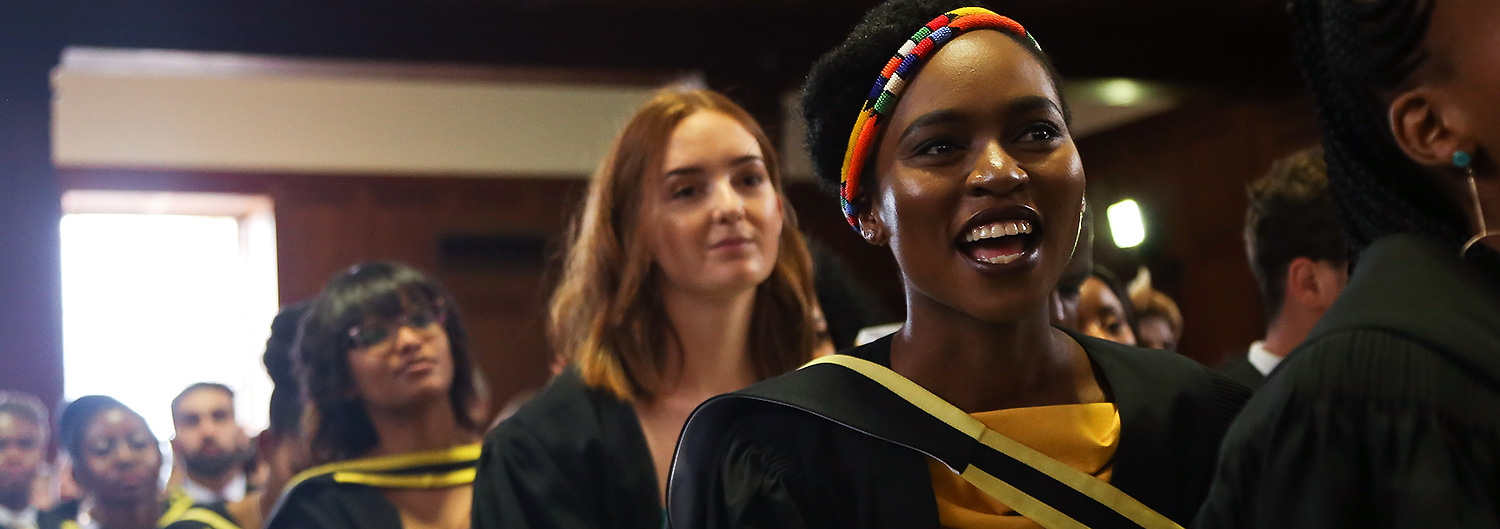
Full ceremony recordings
Creative works and book awards
UCT recognises and celebrates major creative works and outstanding books produced by members of staff at the university.
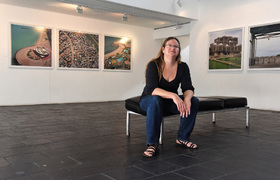
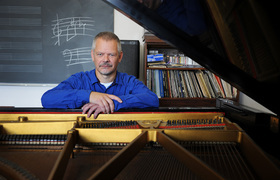
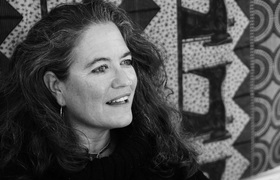
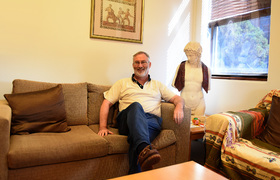
Inspired to achieve
Read about some of our remarkable students who are graduating this season.
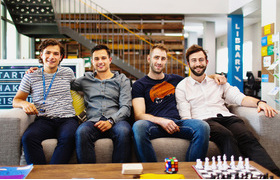
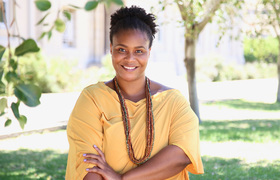
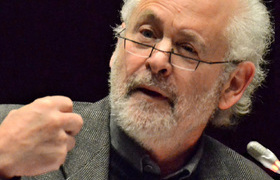
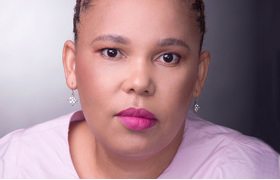
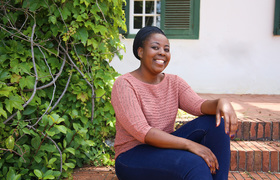
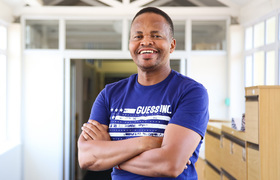
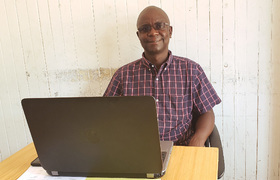
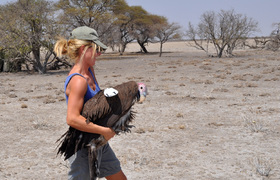
Golden memories
Members of the University of Cape Town’s class of 1968 will reunite to celebrate their Golden Graduation this week. Madi Gray, a veteran of the nine-day Bremner sit-in of 1968, will be among those UCT alumni celebrating this milestone.







